Singapore explores grid upgrades to support clean energy
Authorities are prioritising grid resilience and energy imports.
Singapore is stepping up efforts to strengthen its power grid and diversify energy sources as it works toward net-zero emissions by 2050, with natural gas—currently powering 95% of the country’s electricity—still playing a central role.
As the city-state targets greenhouse gas emissions of 45 to 50 million tonnes by 2035, authorities face the dual challenge of meeting rising energy demand while decarbonising the grid.
"This is not easy, because at the same time, we have to work out the cost-effectiveness of it, as well as the management, resilience and energy security," Violet Chen, Director of the Energy Capabilities Development Department at the Energy Market Authority (EMA) said. "We also have constraints faced by Singapore, such as land and having limited renewable energy options."
To address these limitations, Singapore is expanding its solar capacity and expects to hit its 2030 goal of 2 gigawatt-peak. However, due to land scarcity, solar is projected to make up only around 10% of electricity supply.
"We are now one of the world's most dense solar cities. We have reached our target of 1.5 gigawatt peak, and we are on track to achieving our target of two gigawatt peaks by 2030," Chen said.
The government also plans to import around 6 gigawatts of low-carbon electricity by 2035. "We are collaborating with our partners in the region to facilitate cross-border electricity trade," she added.
EMA is keeping all options open for low-carbon technologies, including hydrogen, advanced nuclear, and carbon capture. “While we explore various options... natural gas will continue to provide us with a reliable power supply,” Chen noted.
To support long-term grid resilience, Singapore is investing in future capabilities such as battery energy storage and demand response programmes. “Battery energy storage systems are large batteries… they can charge and discharge very quickly… to better manage the demand and supply situation,” Chen said.
“A solution that we are looking at is the Demand Response Program. This is where consumers can reduce their energy consumption during times of system need and be rewarded with financial incentives in return,” she added.
To speed up innovation, the government is working closely with the private sector. “The government really looks forward to partnering our businesses to co-create solutions,” said Chen. “We will want to work with them to ensure a viable regulatory framework that can actually facilitate new business models."
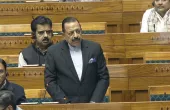
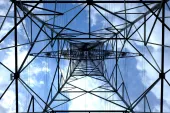

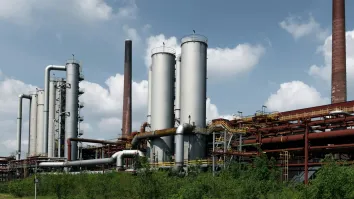
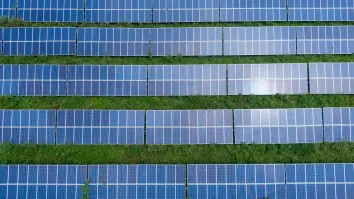
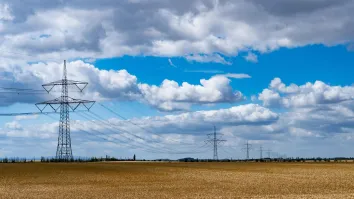

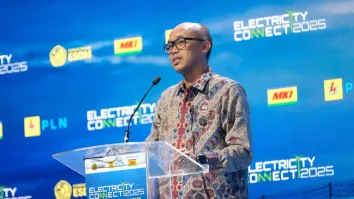
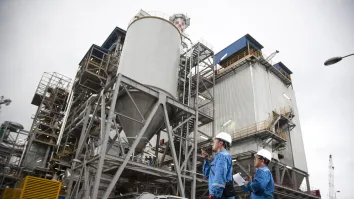

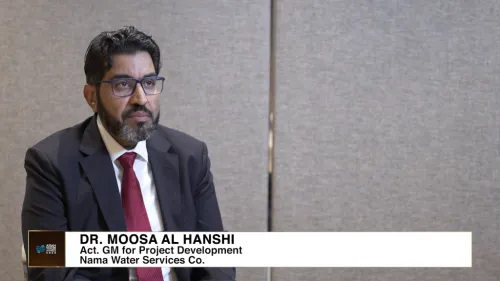
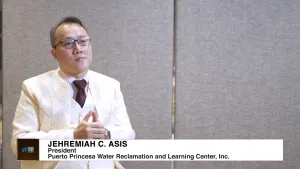
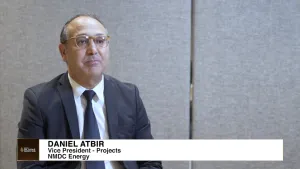
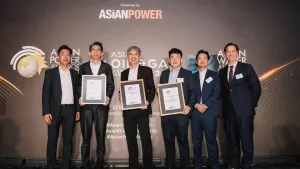

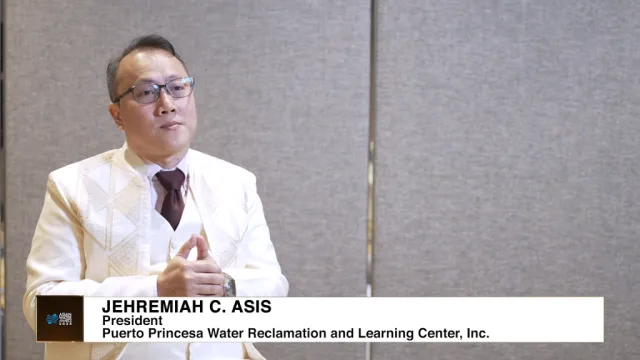
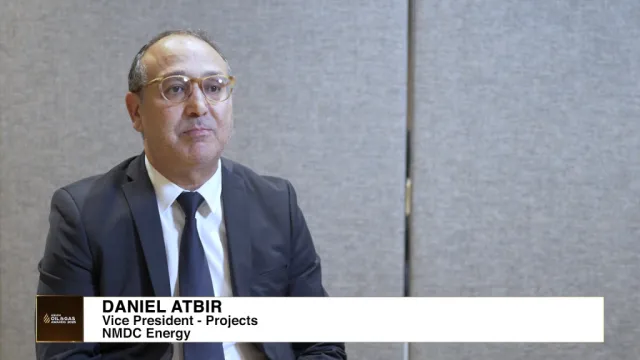
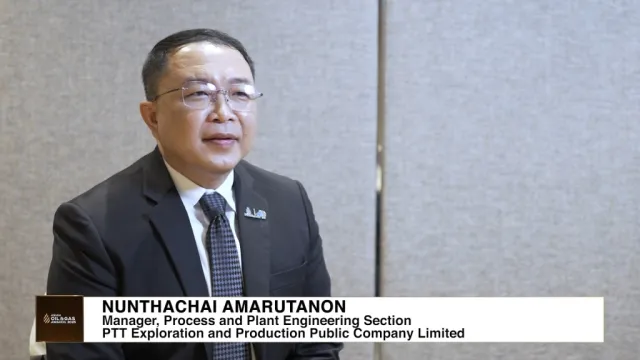

 Advertise
Advertise

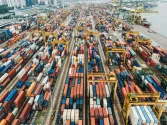
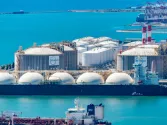
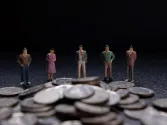



Commentary
How pump retrofits boost profitability and efficiency in ageing power plants